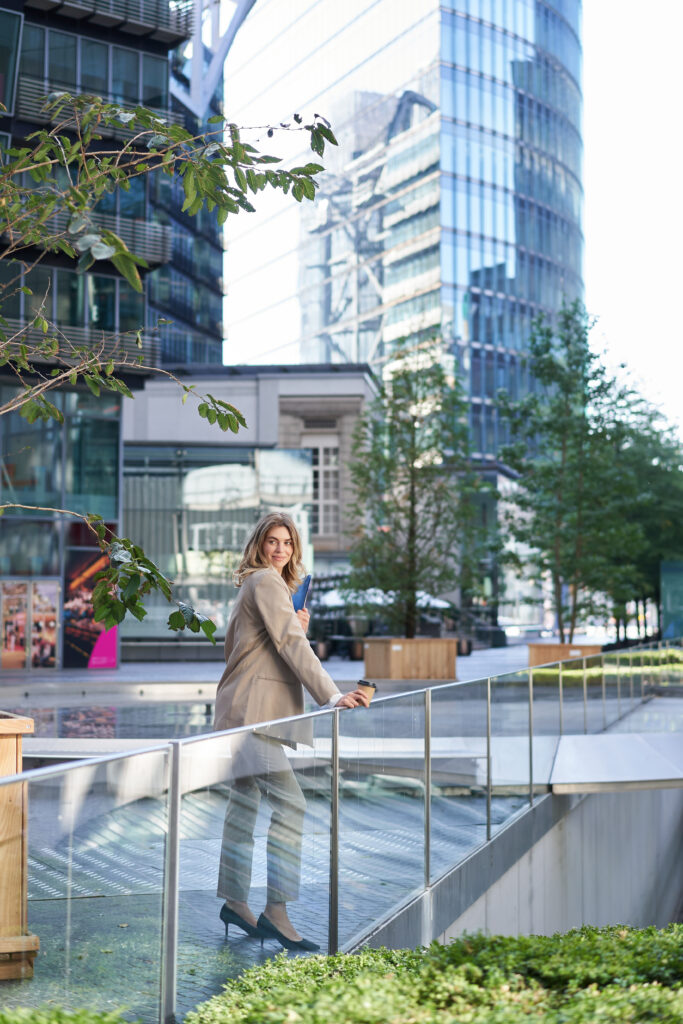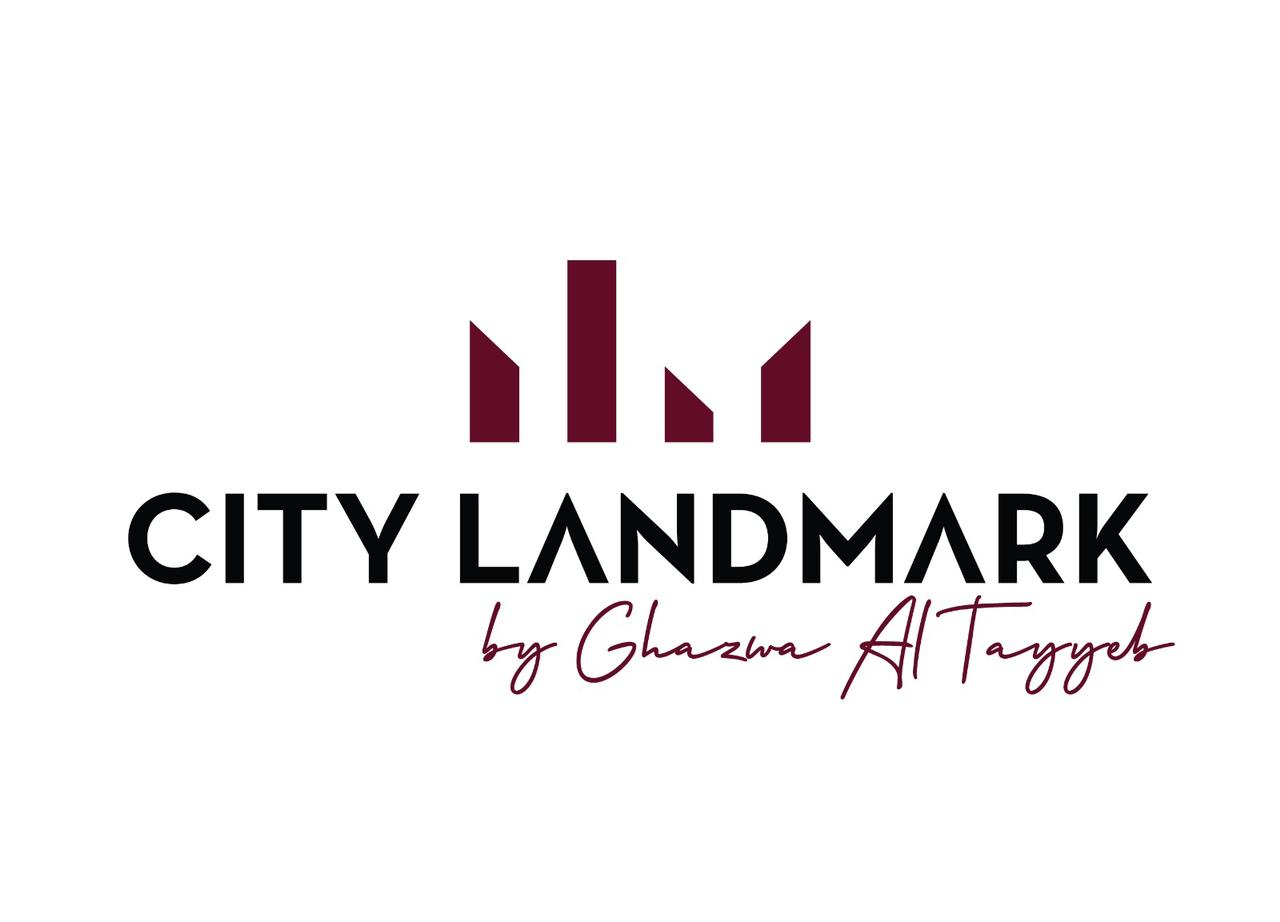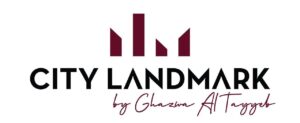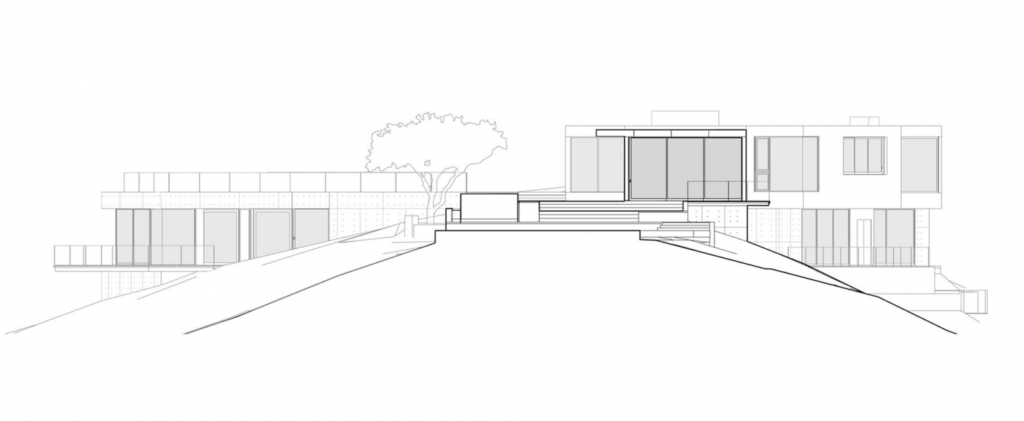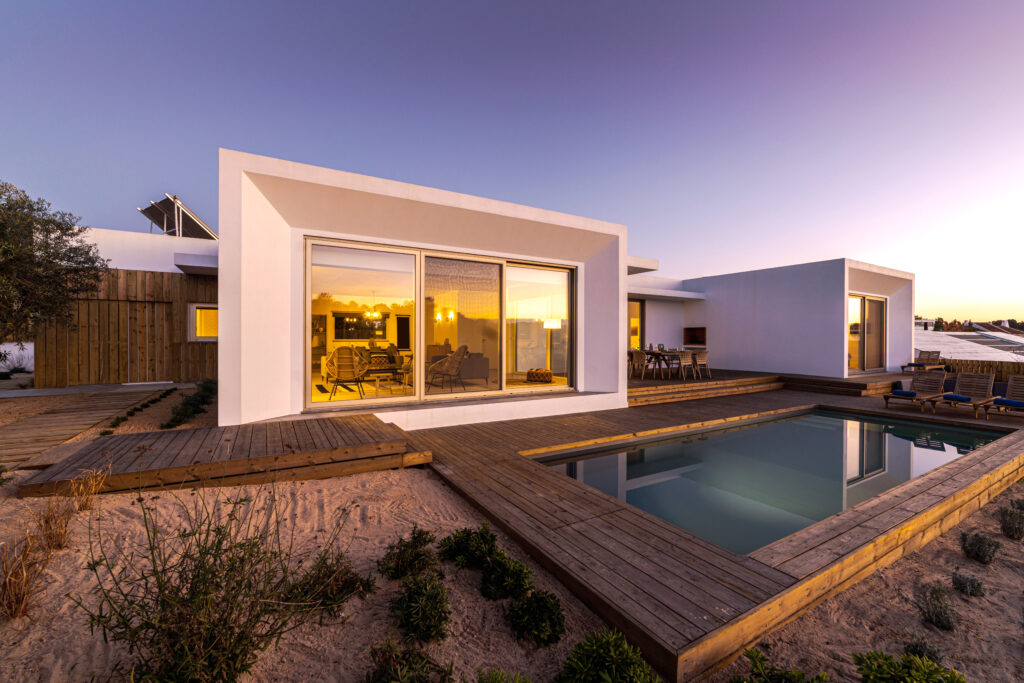Urban Design Features
Designing parks, plazas, and recreational areas that encourage social interaction and community activities.
Ensuring well-planned transportation networks, including roads, bike paths, and pedestrian walkways, to improve accessibility and mobility.
Integrating residential, commercial, and recreational spaces to create vibrant, multifunctional neighborhoods.
Implementing green building practices, renewable energy sources, and sustainable landscaping to promote environmental responsibility.
Incorporating parks, gardens, and green roofs to enhance the natural environment and improve residents’ well-being.
Involving local communities in the planning process to ensure designs meet the needs and preferences of residents.
Creating visually pleasing environments through thoughtful architecture, landscaping, and public art installations.
Designing structures and infrastructure that can withstand environmental challenges, such as natural disasters and climate change.
Reflecting local culture and heritage in the design to preserve and celebrate community identity.
Ensuring public safety through well-lit, pedestrian-friendly streets and secure, accessible public spaces.
Planning and developing essential services, such as water supply, sewage systems, and waste management, to support urban living.
Encouraging economic development through strategically placed commercial zones and business-friendly environments.
Designing neighborhoods that promote walking by providing safe, attractive, and convenient pedestrian routes.
Offering a variety of housing types and affordability levels to cater to different demographics and income groups.
Balancing building density to optimize land use while maintaining comfortable living conditions and public spaces.
Utilizing smart city technologies, such as IoT devices and data analytics, to enhance urban management and improve quality of life.
Creating spaces that are accessible and usable for people of all ages and abilities, ensuring inclusivity for everyone.
